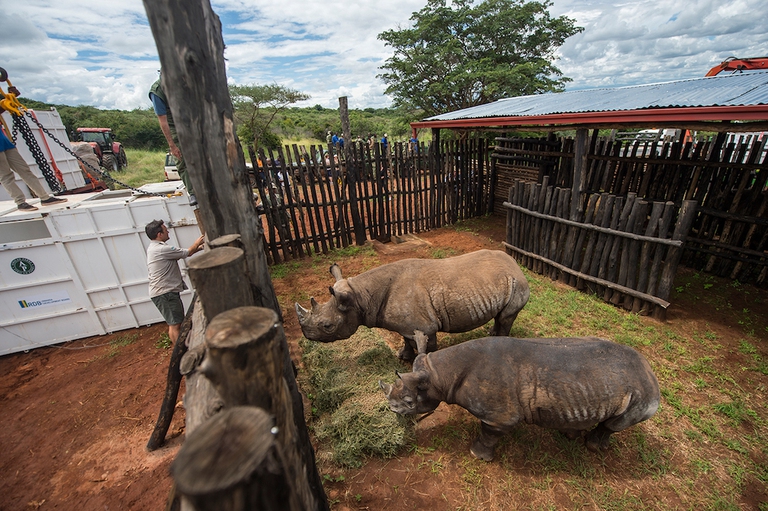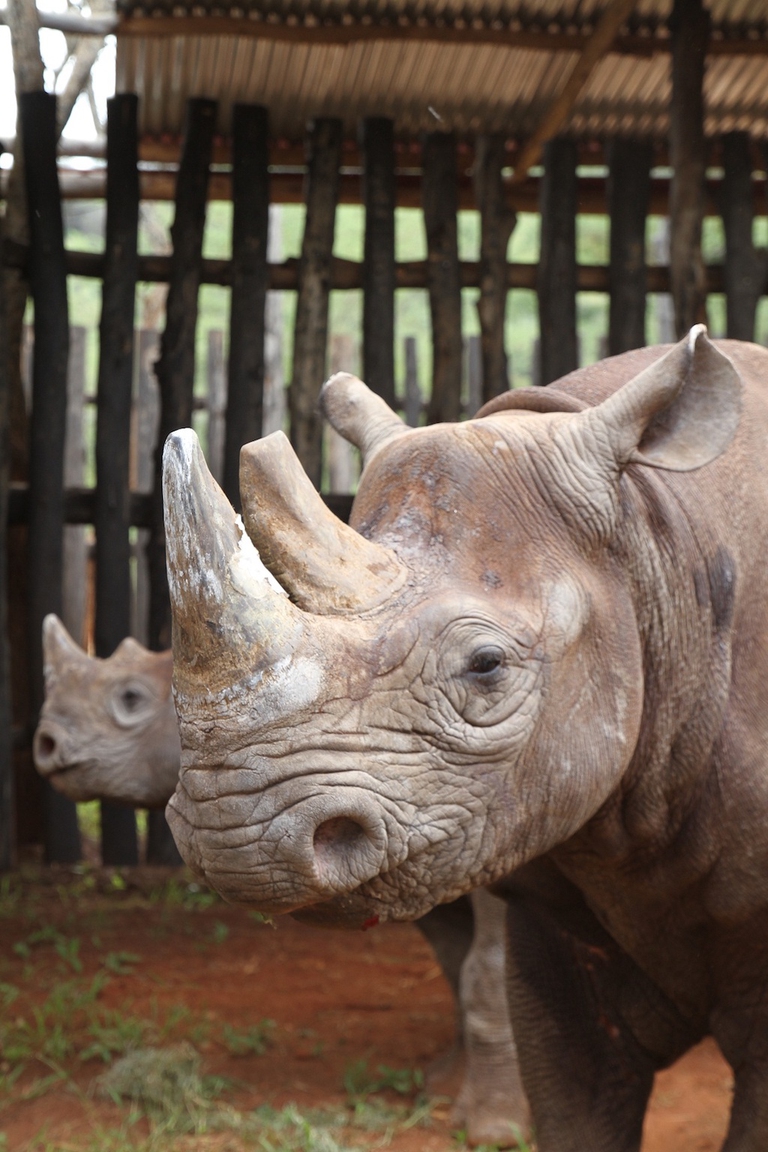
Our species took its first steps in a world covered in trees. Today, forests offer us sustenance, shelter, and clean the air that we breathe.
After 10 years the Eastern black rhino is back in Akagera National Park, a magnificent 112,000 hectare reserve in eastern Rwanda. After the reinsertion of lions in 2015, the reintroduction of 18 rhinos in May was significant as it makes the park, and more generally Rwanda, a “big five” destination once again – home to large African species: rhinos,
After 10 years the Eastern black rhino is back in Akagera National Park, a magnificent 112,000 hectare reserve in eastern Rwanda. After the reinsertion of lions in 2015, the reintroduction of 18 rhinos in May was significant as it makes the park, and more generally Rwanda, a “big five” destination once again – home to large African species: rhinos, lions, elephants, leopards and buffalos. This contributes in elevating Rwanda’s status in the areas of tourism as well as conservation.
Read more: Safaris support Rwandan communities under the king of the savannah’s watch
“We obviously hope that this will increase tourism to the country and park, and increased tourism means an increase in tourism dollars and the benefits that come with that for the people living around the park – comments Sarah Hall, Akagera’s tourism and marketing manager –, directly through the revenue sharing scheme and an increase in employment, and less directly through increased spending on local purchases, increased spending power for local employees and initiatives such as the community freelance guides cooperative, and more”.
Most importantly, she adds, they have a responsibility to do what they can for the Eastern black rhino, a subspecies that used to exist in the park. Today, there are fewer than 1,000 left in the wild. “By bringing them back to Akagera we’ve increased their range and secured a viable new population which we hope will thrive in the park, as they once did. Akagera has the perfect habitat for these animals, plenty of food and water,” says Hall.
The reintroduction is the result of years of hard work to ensure that the park can properly provide a safe and secure environment for the species. “We’ve significantly boosted law enforcement with a digital radio system, extensive training, new technology such as the smart park system we’re trialling, and a helicopter for rapid deployment. We have a dedicated team who track the rhinos on a daily basis,” Hall adds.
However, a tragic event has occurred since their reintroduction; a month after the black rhinos arrived in Akagera, Krisztián Gyöngyi, a Hungarian specialist with many years of experience monitoring and conserving rhinos in different parks, was killed by one of the rhinos he had helped reintroduce whilst he was training the dedicated monitoring team. “Bringing back rhinos is a big responsibility and Krisz’s tragic death emphasises that the stakes are high. There has been a poaching epidemic in South Africa where the country has lost over 6,000 rhinos since 2008. It’s a crisis situation,” confides Hall.
But overall it is safe to say that Akagera is going from strength to strength, both in terms of the number of animals as well as the influx of tourism, which have more than doubled in the last seven years, as well as in terms of park-earned revenue which has increased seven-fold. All this has been successfully invested back into the park’s management. Hall shares its beautiful and noble vision: “We’re aiming to make Akagera a secure and flourishing park, and to be financially self-sustainable for the benefit of the park and the local community”.
Siamo anche su WhatsApp. Segui il canale ufficiale LifeGate per restare aggiornata, aggiornato sulle ultime notizie e sulle nostre attività.
![]()
Quest'opera è distribuita con Licenza Creative Commons Attribuzione - Non commerciale - Non opere derivate 4.0 Internazionale.
Our species took its first steps in a world covered in trees. Today, forests offer us sustenance, shelter, and clean the air that we breathe.
Poachers in Africa are encroaching on wildlife land and killing rhinos in travel hot spots now devoid of visitors due to the coronavirus pandemic.
Actor and environmental activist Leonardo DiCaprio has contributed two million dollars to a fund to protect Virunga National Park in Congo from threats such as terrorism, the coronavirus and poaching.
For the first time in seventeen years, Iceland’s two main whaling companies won’t resume whale hunting. The announcement concerns this year’s season but could carry into the future.
The relationship between the coronavirus and wildlife is complex: while the pandemic may lead to a reduction in the illegal trade in wild animals, it may also encourage it in other respects.
The largest coral reef in the world is severely threatened by climate change, but researchers are developing strategies that could contribute to saving the Great Barrier Reef.
NGO Free the Bears has opened a mountain sanctuary for moon bears in Laos. With the government’s help, it aims to close all bile farms by 2022.
Seychelles have extended its marine protected area, which now covers over 400,000 square kilometres, an area larger than Germany.
The tapir was reintroduced into Brazil’s Atlantic Forest, the country’s most at-risk ecosystem. The species can play a key role in the forest’s recovery.











